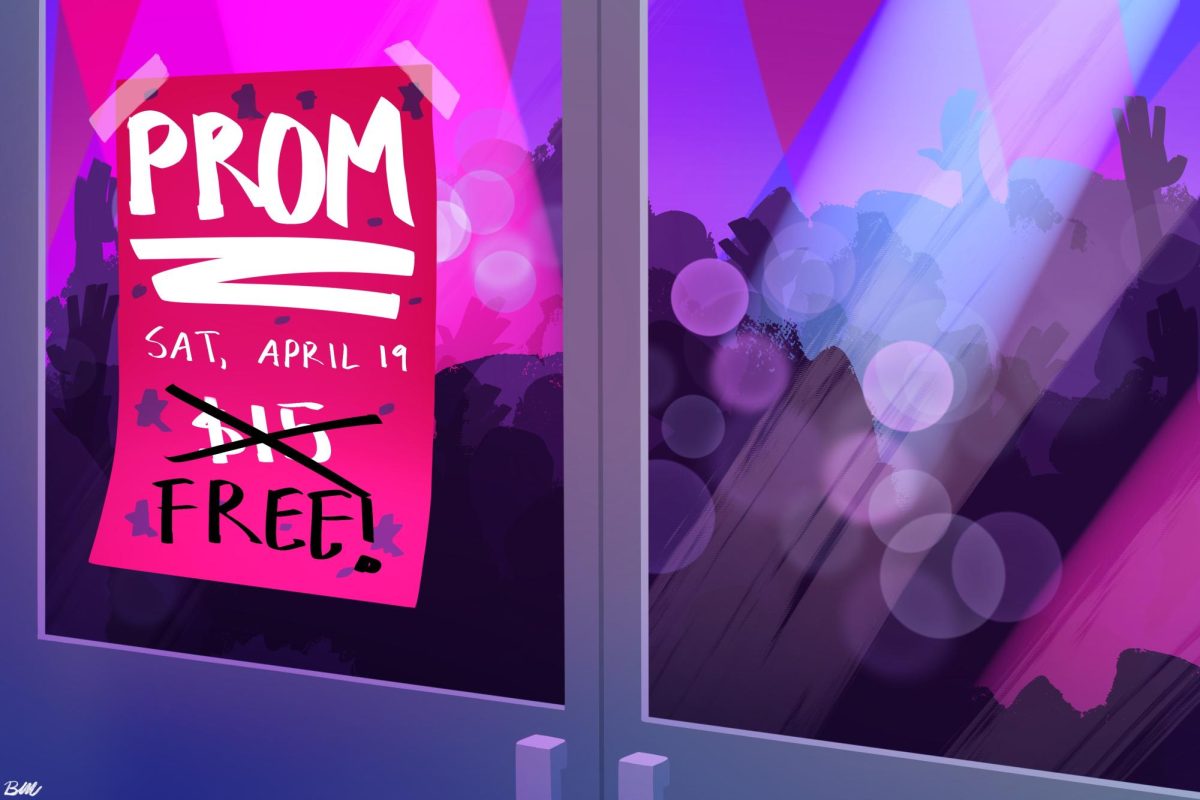13 Reasons Why’s Impact Lasts Into 2019
May 3, 2019
The coming of May marks a shift in year. The weather starts to warm up, the flowers begin to bloom, and the end of the school year inches closer and closer. However, there’s another aspect of May that is hidden under the coming of spring.
The month of May also marks Mental Health Awareness month. It it to spread awareness and recognize the struggles faced by those who have mental illnesses. One of the most discussed attempted depictions of mental health is the Netflix Original Thirteen Reasons Why.
Based on the novel by Jay Asher, the show told the story of 17-year-old Hannah Baker, who committed suicide after her life took a downward spiral. She leaves behind tapes to those she holds responsible for driving her into her depression.
Though the show was released in March of 2017, there have been new studies released about its effects on suicide rates. The studies show that there was a spike in suicides in the month following the release of the series, leading scientists to suspect that there could be a correlation between the two. There are some clear reasons as to why this conclusion may be drawn: the inaccurate depictions of depression, the romanticizing of serious topics, and, most of all, the graphic depiction of someone committing suicide.
After the show aired, it sparked debates on whether or not the show was safe for viewers, and the accuracy Hannah Baker’s experiences.
“I thought it was graphic in ways it was not needed to be.” Phoebe Frazier, who watched Thirteen Reasons Why back in 2017, had some strong opinions about the show. “I promised myself I’d watch through the whole thing, because I wanted to see what the craze was about. But there were weeks where I had to take a break. After those [graphic] episodes, I was like, ‘Nope. I’m done, I need to take a break.’”
The episodes Frazier referenced were the episodes that had the most explicit content, where Baker is sexually assaulted and where she commits suicide.
“[The show does] not [handle suicide] well.I think even the book that they based it on was just a poor idea to base something like this around. It very much paints suicide as a revenge tactic.”
Though some say that it is to represent the repercussions of one’s actions, the way it is portrayed in the show does not reflect this goal. Baker’s actions only give the illusion of justification. Many mental health experts warned that showing such realistic and graphic depictions could cause copycats, and this led to the creators being under intense heat.
“While there can be very legitimate external reasons for someone to commit suicide, at the root of it is mental health, and they did not cover that at all.”
The show was renewed for a second season, and one would think that after receiving so much backlash from their first season, the show would learn better the second time around. However, this is not the case. In the finale of the second season, there is another incredibly detailed sexual assault of another character.
While the show is not the most relevant in the media, it still opens up important discussions about mental health and how it is portrayed. If the motives behind the show were good, the execution did not reflect that. Sensationalizing the reality of these issues is harmful in every sense.





























